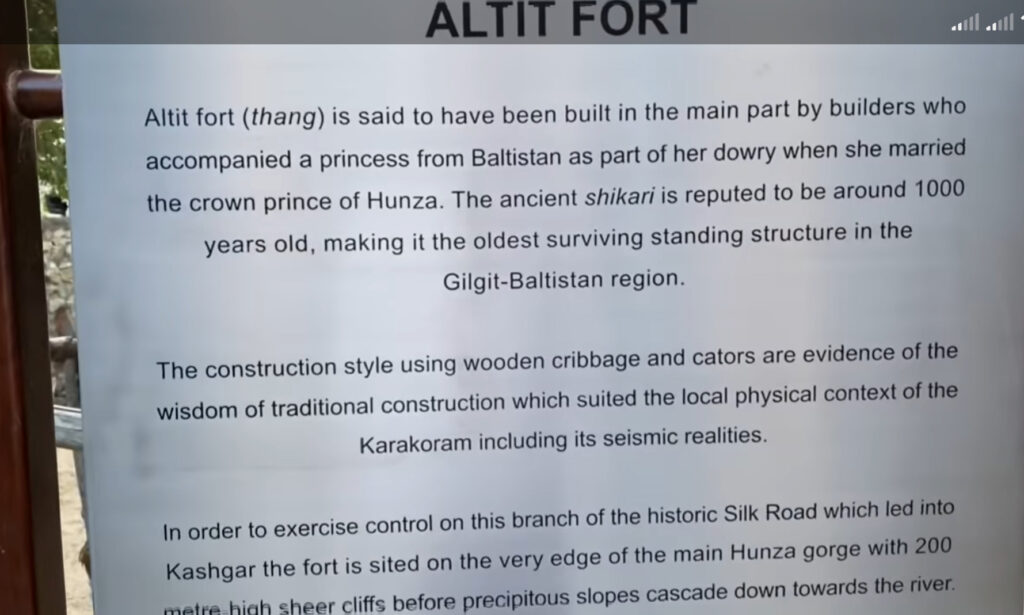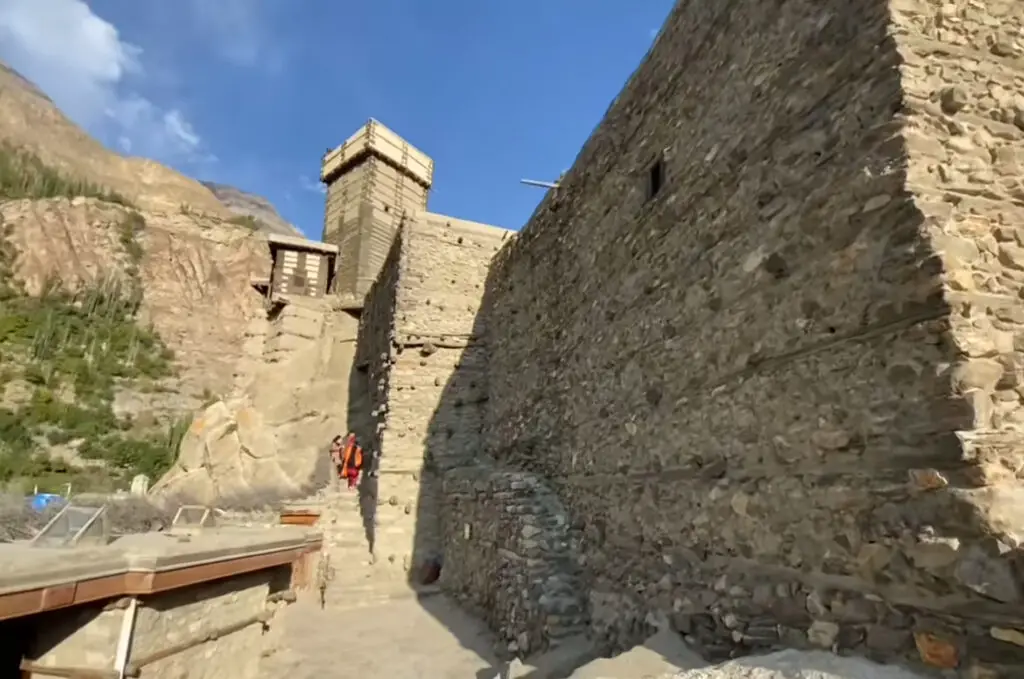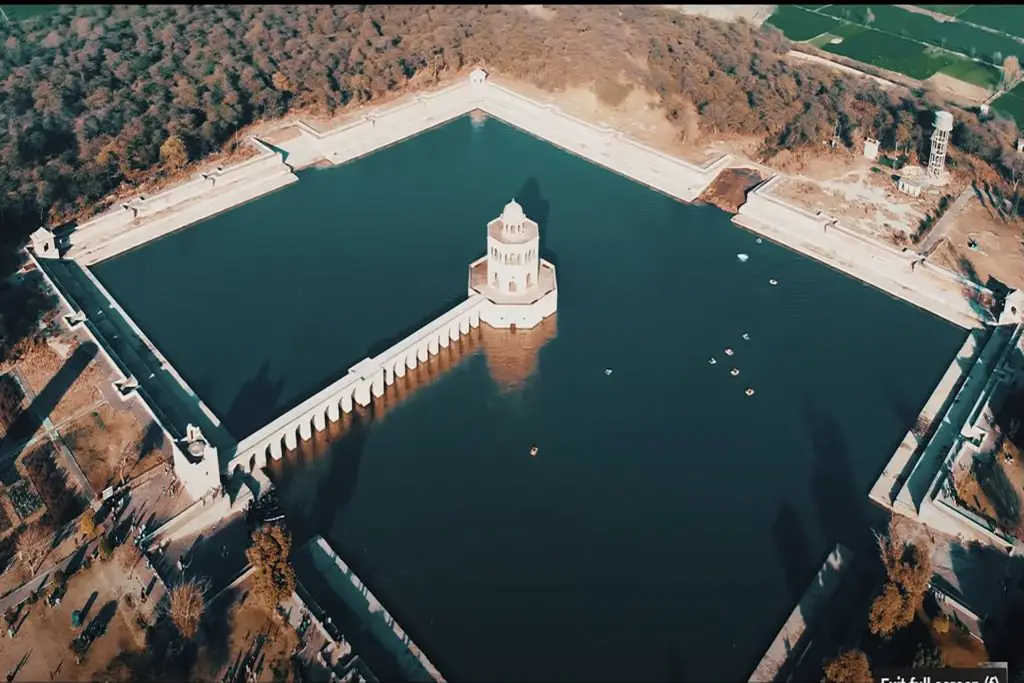Altit Fort is an ancient fort in the town of Altit in the Hunza Valley in Gilgit Baltistan, Pakistan. It was originally the home of the hereditary rulers of the Hunza state, who bore the title ‘Mir’, although three centuries later they moved to the slightly younger fortress of Baltit nearby.
Altit Fort has a wooden structure and can absorb an earthquake of 8.5 Richter scale.
How Old is Altit Fort
The Altit Fort and especially the Shikari Tower is about 1100 years old, making it the oldest monument in Gilgit-Baltistan. The fortress received the UNESCO Asia Pacific Heritage Award in 2011 for the protection of cultural heritage.
Altit Fort Hunza Location
It is one of the best tourist attractions in the Hunza Valley, located in the Altit town of Hunza district. It was home to the then rulers of Hunza who were known as the Mirs of Hunza.
The Shikari Tower (a portion of the fort) of the fort is the oldest monument in the Gilgit Baltistan Valley which is 1100 years old.
History of Altit
The word ‘Altit’ means ‘this side down’ and the area around the fort is inhabited by the Burusho people. In the 16th century, the local prince married a princess from Baltistan, who brought master Baltic craftsmen to build two fortresses (Altit and Baltit). The people of Altit are said to belong to the White Huns, although not much research has looked into this matter.
There are several theories as to their origin, but the local aboriginal origin is held in great esteem among the people. It is also said that the current Burushaski language was brought here by the White Huns in 47 AD, but there is no connection between Burushaski and any other language today.
According to legend, the first name for the village of Altit was Hunukushal, which means village of the Huns. The Huns came from the Huang-Ho Valley in China. The name later changed to Broshal, translated as the village of the Bruchiski speakers.
They were spiritual worshipers such as shamanism in practice and also followed Buddhism and Hinduism. In the 15th century, Islam was introduced. Around 1830 many converted to Ismailism again.
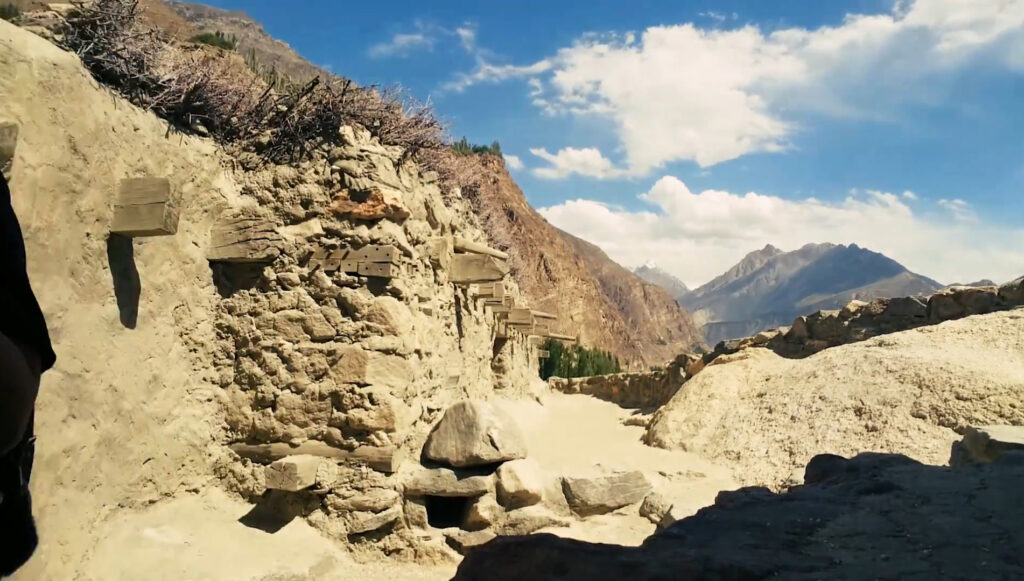
Altit Fort was in a state of great disrepair but was recently restored by the Aga Khan Trust for Culture Historic Cities support program and the Government of Norway. It is characterized by small rooms and low portals with beautiful wood carvings. Altit Fort is a tourist site that has been open to the public since 2007.
How to get to Altit Fort:
It is located an 18-20 minute drive (5.8 km) from the Hunza Valley and is accessible via Madal Gan and Sultan Abad Road.
Alternatively, you can reach it directly via Karakoram Highway and Sultanabad Road. The distance from Hunza is 5.1 kilometers if one takes KKH.
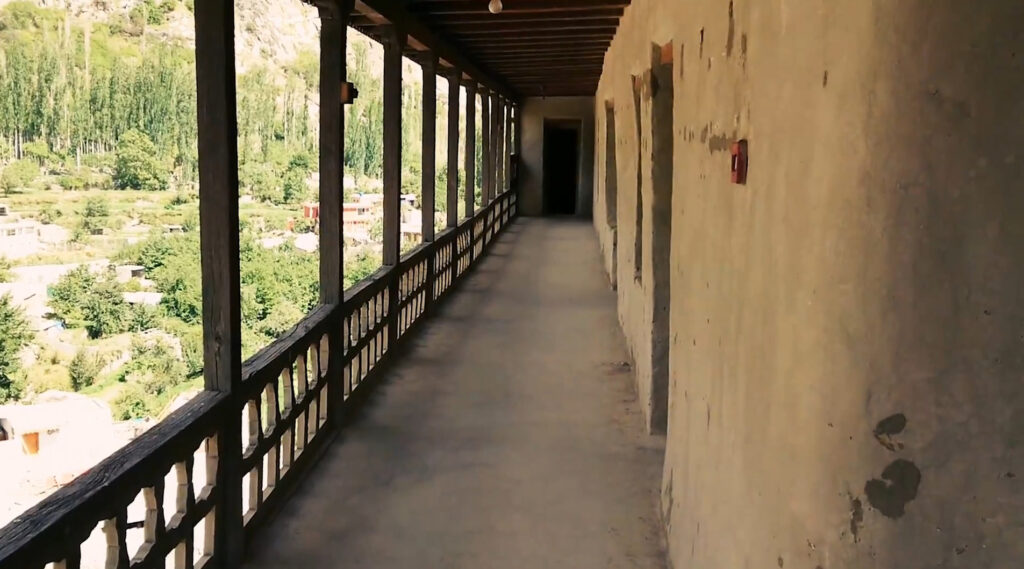
Altit Fort (also known as Khabasi Residence) is an architectural marvel that has stood tall for over 1000 years in the face of many enemy attacks and natural calamities.
Altit Fort Built By:
Built by the Mirs of Hunza, Altit Fort functioned as a grand display of power for the Mirs of Nagar – a neighboring state – and has stood elegantly ever since. His famous Shikari Tower was built at a strategic location that helps in monitoring the entire region and gives the army a winning edge.
Standing at the top of the tower, the strategic importance of such a height is evident from the visibility of all the surrounding mountains and forests in the event of an attack.

It is said that the tower was not only used to watch for enemy attacks, but also to throw out prisoners who were condemned to death.
About 400 years after its construction, Altit Fort was caught up in a family feud between two Royals, Prince Shah Abbas (Shabos) and Prince Ali Khan. This dispute gave rise to another fort known as Baltit Fort, which was taken by the elder brother Prince Shabos, while Altit remained under the control of Prince Ali Khan.
The two fought each other and launched regular attacks, but eventually, Baltit became the capital of Hunza. There is a legend among the locals that Prince Ali Khan’s younger brother was buried alive by Prince Shabos inside one of the pillars of the watchtower.
In 1891 the British occupied Altit, but it remained an independent princely state ruled by the Mirs, as was the custom of British occupation. Suspecting Russian involvement in the region, the British stationed their military there. The fort also served as the city’s commercial center with merchants from all over the world bringing their goods traveling along the famous Silk Road.
After the Indo-Pak partition, it became part of Pakistan, but remained a princely state until 1972, when the royal status of Hunza and Nagar was dissolved by the Government of Pakistan.

Tourist Attractions at Altit Fort
Altit Fort became a popular tourist destination after its restoration by the Aga Khan Foundation in 1990. It serves as a museum and provides a significant insight into the journey of the Mirs and Royals who inhabited the fort.
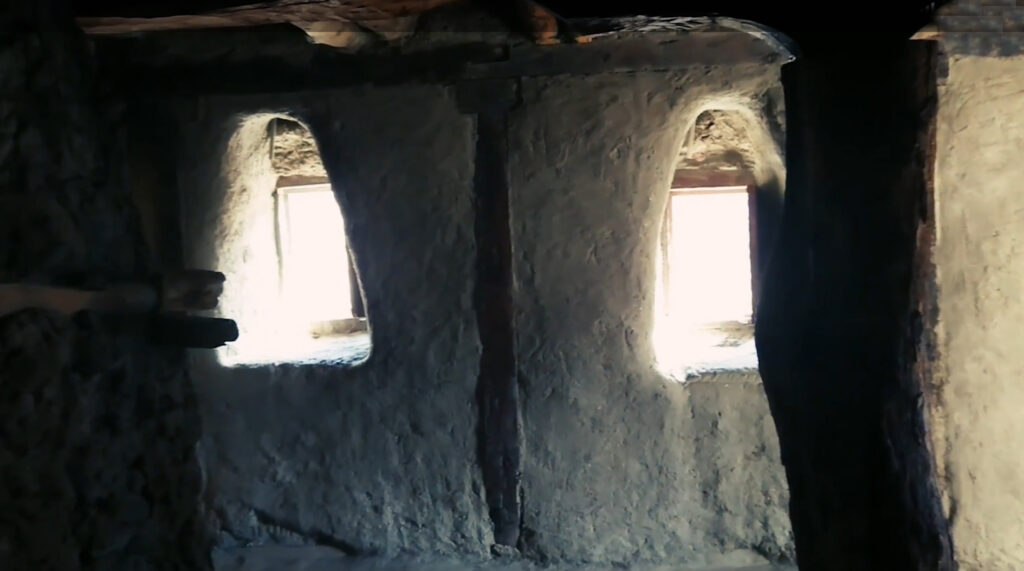
What to do at Altit Fort:
The fort itself is the highlight of the village of Altit in Hunza and offers visitors a museum that shows traces of ancient life, including utensils used by the royal family and the craftsmanship of skilled workers. It is said that the artisans were a special gift to the Mir of Hunza as part of his dowry because he married a Baltic princess.
The Shikari tower of the fort is the main attraction as it provides a mesmerizing view of the surroundings from a height of over 1000 feet from the ground.
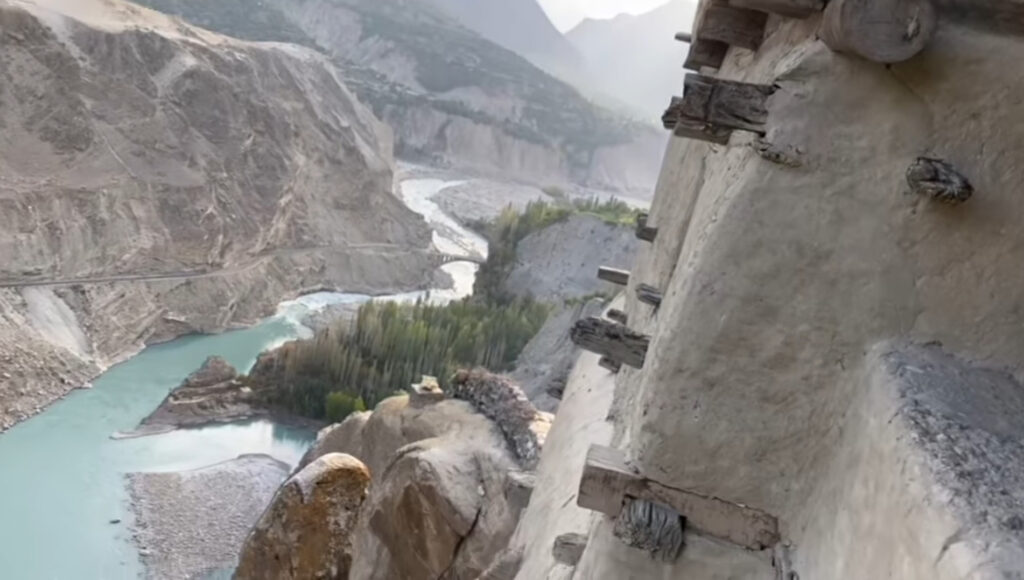
Hospitality of people and culture:
The people of Altitu have distinctive features and claim to be descendants of Greek soldiers in Alexander the Great’s army.
However, the people of the old city of Altit are said to be descendants of the Turkic Hun tribe. They came from the Persian Empire and that is why the city was called Hunukushal (village of the Huns) in ancient times.
The locals are humble and down-to-earth people who warmly welcome visitors.
English and Urdu are widely spoken and understood in the region, making communication easier for tourists from Pakistan and beyond.
